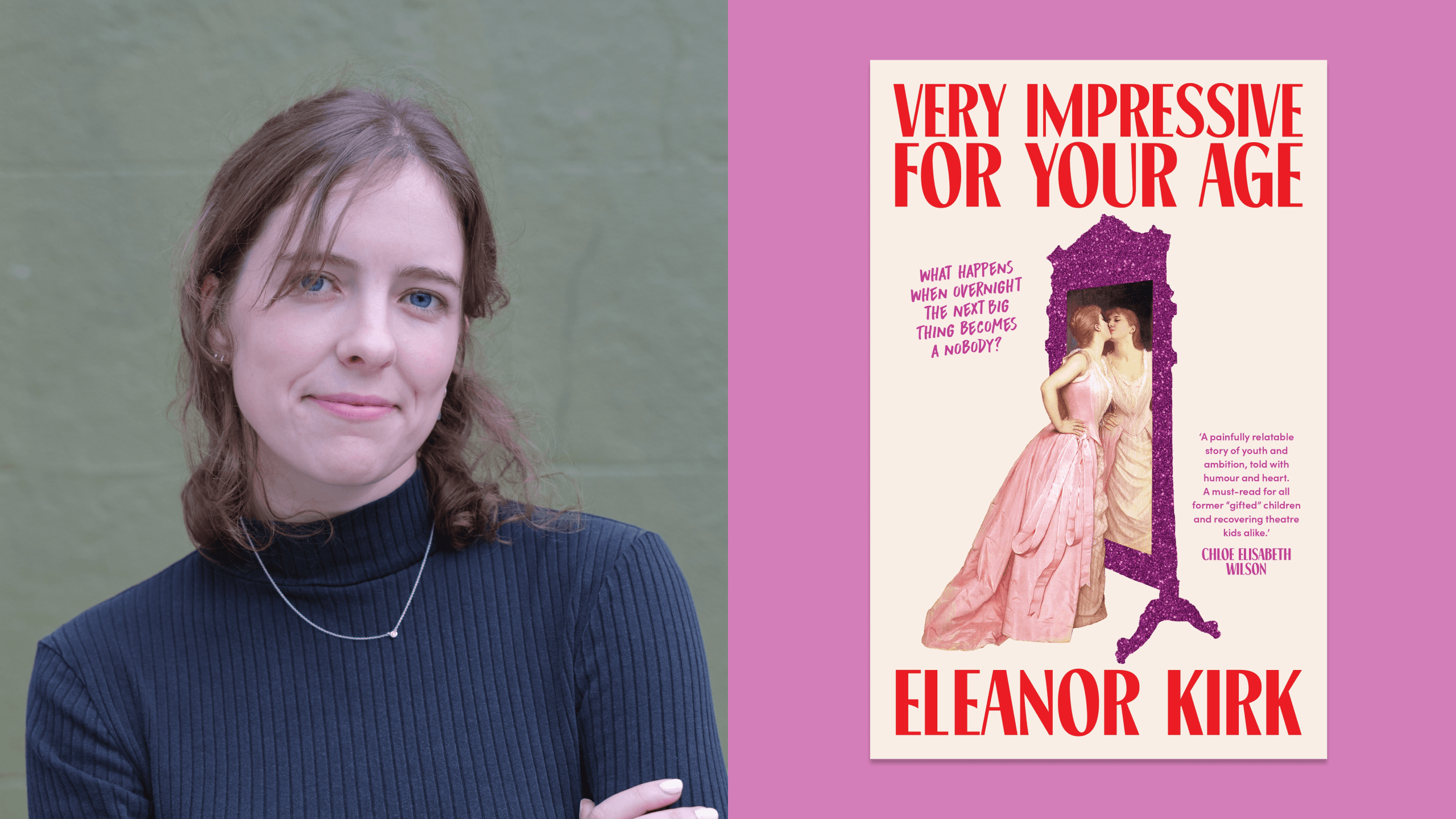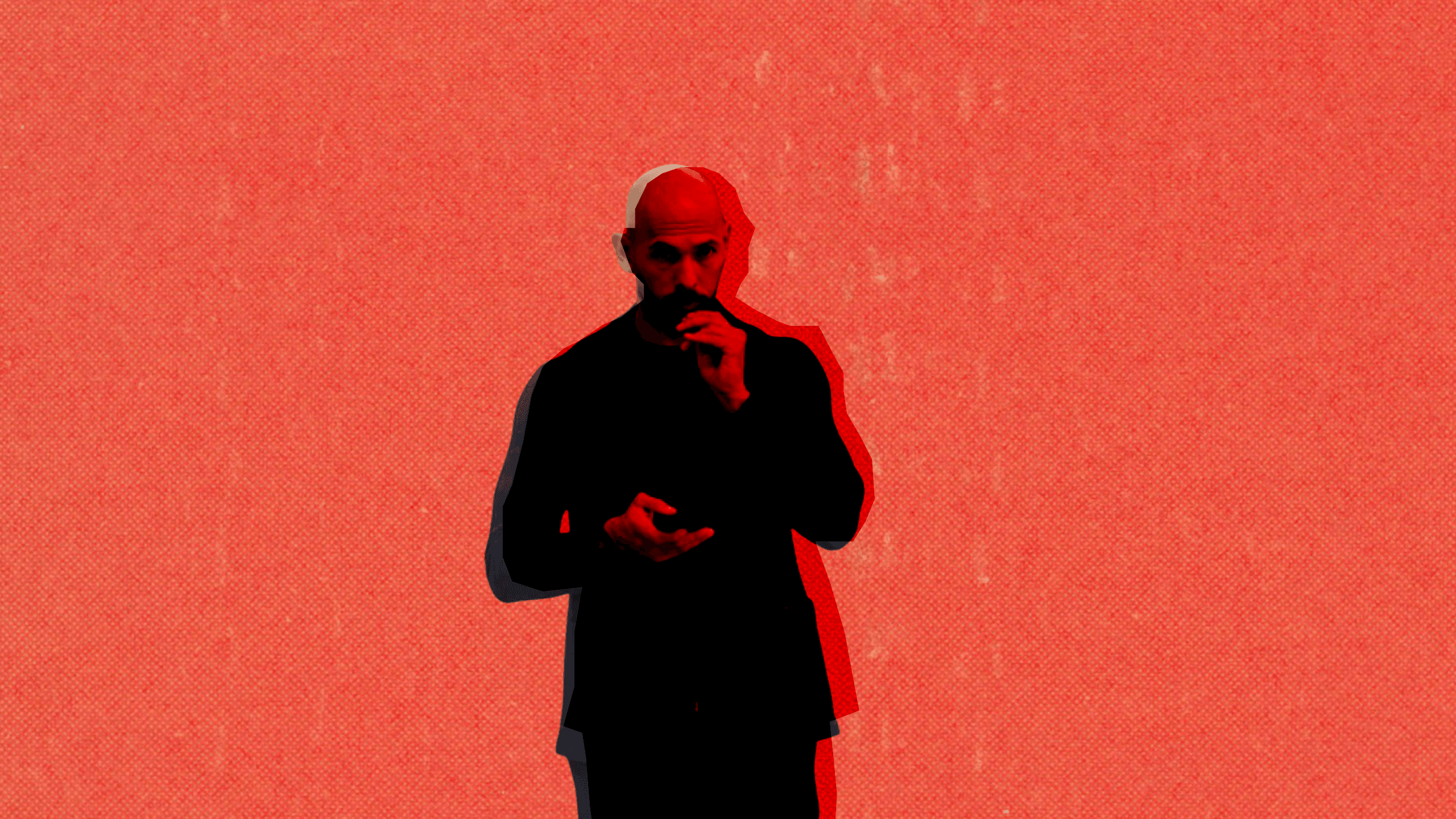Good contemporary Australian literature is often just sitting in plain sight. This is one such book. Published by newly-acquired , Joseph Earp’s Painting Portraits of Everyone I’ve Ever Loved beautifully renders looking-as-loving and sight-as-witness.
A prolific writer, self-published his debut in 2022, an acerbic takedown of labour in contemporary Australia. He cut his teeth at defunct music publication The Brag—where he was plagiarised by his former teacher John Hughes—and now offers opinions to major mastheads’ cultural desks. He also moonlights as a painter. His visual works reflect the written: impressionistic scenes of animals and humorous observations. Earp is one of our homegrown cultural commentators making their way up in the publishing world.
In Painting Portraits of Everyone I’ve Ever Loved, our protagonist is Ellie, an unlikable painter. She’s a mid-career artist, riding the ‘low’ of winning Australia’s pre-eminent art prizes. She hates her agent, despises the art market, maligns her friends, disregards her boyfriend and ignores her family.
As usual, this cynicism and overt self-consciousness is informed by her privilege. She burns bridges — “but so often Ellie discovered something was a bridge by going to cross it and finding only ash” — and breaks up with her boyfriend without realising — “Glancing across at Alan’s face, Ellie was reminded of the viral videos she’d seen of terminally ill dogs”. The dialogue is witty, poisoned by the irony characteristic of her generation.
I must admit, my friends and I bemoan this disembodied, ironic female protagonist trope in commercial fiction. Prompted by Ottessa Moshfegh's viral My Year of Rest and Relaxation and the tv show Fleabag, it's the trope de jour of Millennial cultural output. This self-obsessed cynicism is solipsistic. It's, after all, a privilege to be cynical. Thankfully, some authors (including Earp) unpack these ideas, and ensure their reader isn't left glorifying a detached and ironic worldview.
Ellie aligns with the particularly Australian brand of ironic protagonist; she's very witty. Earp locates himself squarely in a burgeoning Ozlit comic posture. offering fresh, funny and perceptive takes include Max Easton, Patrick Marlborough, Patrick Lenton, Sinead Stubbins, whose works evoke ‘razor-sharp wit’ descriptions. The cringe of the online generation, and the cultural cringe of our nation, combine to create witty self-hating characters (and maybe authors). Each author inoculates their characters to criticism, the meanest things that could be said, are said. Within this trope, Earp offers something different: philosophical musings on looking, poeticisms about exes, that speaks to broader themes than merely the copyeditor’s notions of market taste.
As the title suggests, Ellie combs through her dating history for painting subjects. The finales of these relationships interest her: and she must feel it out through painting. The plot promises an episodic structure but ends up circling around two love interests. While at first disappointing to those expecting a High Fidelity-style approach, this pacing cleaves more closely to real experience.
Our disembodied narrator walks through settings unfamiliar and familiar. But most aren’t rendered in detail. We see concrete streets, the occasional cafe, and motorcycle rounding. Her engagement with the outside world reflects something inner; a detachment.
Then come other vignettes; a nine day silent buddhist retreat, neofascist tech bros, urbex-ing Twitch streamer, a schmick real estate grifter artist and salsa classes. These are underpinned by family turmoil, and pining over past romances. Sometimes these feel like discrete stories rather than fully integrated into the plot beats. Nevertheless they show Earp’s range, he doesn’t confine his story to an individualist exploration of the artist's inner psyche. This refusal of individualism reminds us that we shouldn’t revere artists. The art market and press have a way of glorifying artists, even more so if they are reprehensible or hermit.
These descriptions are adjoined by sparse renderings of the ‘art scene’. For most of the book, the reader spends time in Ellie’s head and her acquaintances, not her physical world. This deliberately affords little attention to the ‘scene’, and focuses on the act of looking. The noise of the art market should not be a priority for the artist.
Earp’s work is at its best when it’s about painting. Writing about writers is easy, but writing about painters means you have to reconstruct the form which is not available. You have to twist language to make sense of something visual. How do you describe pushing oil paint around the palette, scrubbing it onto a fresh canvas, and how it sets, always slightly more yellow? How do you describe the process in between paint pot and image?
As a painter himself, Earp manages to capture the act of painting and translate it to a general audience. Earp describes the procedural — “Ellie squirted a thick ooze of pink paint onto a plate” — with the emotional — “She found she was more interested than ever in mediums she couldn’t entirely control.” An entire section unpacks Ellie’s adoration for David Hockney, and another focuses on Ellie’s way of looking. Earp shows us medium too, Ellie’s recent uptake of oil means she wants time to see, and feel it out in the paint. Unlike the commercially dominant acrylic, oil requires time, preparation and patience. Acrylic dries fast and sharp. We never see the artworks in process or created, forced to piece it together ourselves. .
In a way, Painting Portraits of Everyone I’ve Dated functions like a piece of art criticism. It helps make artmaking intelligible.
With commercial fiction style, Earp’s artwriting avoids the obtuse esotericism of regular artwriting. He makes you feel like an insider, equipped with knowledge about the artistic process. In doing so he completes two tough tasks: readable artwriting and a promising debut novel.
The surprisingly wizened studio manager, Raymond, says “I think that art loves us. Artists don’t […] They make things that know exactly where we live. And those things come to our door and invite themselves in.” Earp’s novel is one such artwork.
Painting Portraits of Everyone I've Ever Dated by Joseph Earp is out now in Australia (Hardie Grant, $34.99).










